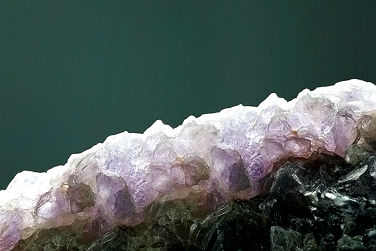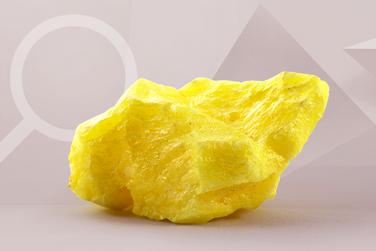U.S. coins have a nickname for each of them. A one-cent coin is penny, 10-cent dime, and 25-cent quarter. Then, what is a 5-cent coin called? It is “nickel.” Cupronickel, a silvery alloy of copper and nickel, is abrasion- and corrosion-resistant, making it the perfect material to be used for coins in many countries. The U.S. five-cent coin contains more nickel than other coins and got the name.

Nickel’s atomic number is 28 and its symbol is Ni. Its atomic weight is 58.70g/mol, melting point 1,455℃, boiling point 2,732℃, and density 8.9 g/cm3. Hard, tough, and markedly resistant to oxidation in air, the silvery white metal is widely used for plating or as a material for making an alloy.

Use of nickel can be traced as far back as 3,500 B.C.E. since the metal has been found in the bronze relics from what is now Syria. Also, some ancient Chinese writings describe the making of coins with an alloy of copper and nickel (cupronickel) between 1700 and 1400 B.C.E. Scholars suspect that these coins had been introduced to ancient Greece or Rome, and were used for making coins there. However, nickel alloys of those times meant natural ores or iron meteorites that contained nickel, not smelted nickel.
In medieval Germany, miners found red ores that looked like cooper ore in Erzgebirge (Ore Mountains). The ores mainly consisted of nickel arsenide (NiAs) that is called niccolite now. The miners believed the ores contained copper and attempted to extract copper from them in vein. They just got poisonous gas (As₂O₃) from the ores and named them Kupfernickel, or Devil’s Copper.

Then in 1751, Swedish metallurgist Axel Fredrik Cronstedt conducted an experiment to isolate copper from the oxide he had collected from the crystal on the Kufernickel surface. And he obtained a white metal, instead of copper. He named the new element nickel, dropping the “kupfer (meaning copper)” from “Kupfernickel.”
In the past, nickel was used mostly for producing coins and then, for manufacturing stainless steel. The recent use of it is for car batteries since it is found to be an important cathode material of batteries. The performance of the cathode such as capacity and output is determined by its composition. The ingredients normally consist of nickel, cobalt, manganese, and aluminum.

A high portion of nickel offers high energy density, improving the driving range of the EV on one charge.
The battery industry seeks to raise the capacity and output by reducing the portion of costly cobalt while increasing that of nickel. Batteries that have the cathode with a high nickel content are “high-nickel (High-Ni)” batteries and are expected to be the most preferred kind in future. As demand for nickel grows, securing nickel is also becoming important.
Accordingly, the car battery industry is putting special effort into obtaining nickel. The largest holder of nickel reserves is Indonesia, accounting for 30% of the global production. LG Energy Solution has gained nickel mining rights in the country while making an agreement with its government to build a battery cell plant of 10 GWh a year in a joint investment with Hyundai Motor Group. By doing so, LG Energy Solution expects to produce batteries cooperatively as well as secure nickel in the country.
We have delved into nickel, an important element of the battery cathode. Next time, let’s examine graphite, a common ingredient of the battery anode.





